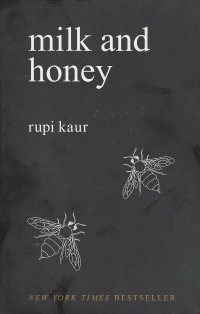 Ah, gentle reader, I had a hard time writing this particular book report. For this young woman is a New York Times best-selling author, and she has appeared on numerous television programs and many venues, reading her poetry to large live audiences. And, as you might know, I have self-published a collection of poetry (Coffee House Memories–surely you have not forgotten even as you have not bought it!) that sold dozens of copies. Or at least a dozen. Perhaps.
Ah, gentle reader, I had a hard time writing this particular book report. For this young woman is a New York Times best-selling author, and she has appeared on numerous television programs and many venues, reading her poetry to large live audiences. And, as you might know, I have self-published a collection of poetry (Coffee House Memories–surely you have not forgotten even as you have not bought it!) that sold dozens of copies. Or at least a dozen. Perhaps.
So you might consider anything negative I have to say sour grapes. You might even be right! However, here’s what I thought.
I bought this collection of poetry in August, and although it is not my wont this year to read poetry or artists’ monographs during football games, but this would have been one I could have browsed as the poems are generally short.
According to a quick Internet search, the author is a more modern InstaPoet who wrote and illustrated this book when she was 21, and she’s a perfomance poet, although meta tags from various Web sites don’t indicate this is the rough-and-tumble poetry slam/open mic world or more genteel events where she is the featured poet given in small rooms or auditoriums at universities. Probably the latter, although in interviews she says she came up through the open mic circuit. They might be friendlier in Canada than the Wabash or the Venice Cafe, though.
So what of the poetry? Most of it is only a couple of lines, a lot like a thoughtful tweet. Some of the sentiments thematically resonate with me, or at least with where I would have been in my twenties–I mean, look at much of the material in , particularly the reproductions of Unrequited (released when I was 22) and Deep Blue Shadows (released when I was 23). They share a bit of the cynical romanticism, the hardened vulnerability….
But some, not so much, as they rely a bit on modern feminist celebrations:
the goddess between your legs
makes mouths water
That are really not for me. That is a whole poem, so you can see what I mean by being tweet-length. What is it? Does it somehow describe the vagina as a deity separate from the vagina-bearer that somehow causes a salivary response akin to good food or a conditioned response to Russian bell-ringing, or is a simplistic and twee feminist self-affirmation or reclamation of sexual power? I’ll take Occam’s razor to it: The simplest answer is probably true.
So some of the shorter poems have a good sentiment but are undeveloped, and when the pieces are longer, they’re unrefined. Overall, the work reminds me of Pierre Alex Jeanty whom I read earlier in the year and who is also more of an Internet “influencer” than a true poet.
The volume I have has some poems or lines therein highlighted–I’m not sure whether this means the books was used as a textbook or if the previous owner marked bits from favorite poems that way. It’s not how I do it, of course–if I like a poem a lot, I memorize it. And have been known to recite them at open mics. Including Eliot’s “The Love Song of J. Alfred Prufrock” which is, what, 20 pages? Yeah, you don’t uncork those too often at open mic nights. Certainly not at the Wabash or the Venice Cafe.
So, overall: Some promise, but a lot of emotion dumps that express but do not evoke. Still, if I see one of her later volumes at ABC Books, I’ll probably pick it up.



 I thought this might be the last of the manga that I bought at the
I thought this might be the last of the manga that I bought at the 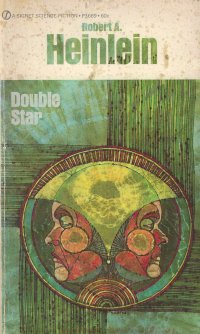 I bought this nice looking (well, better than the scan, and probably better than I started it) paperback from sixty-five years ago at the Friends of the Christian County Libary book sale
I bought this nice looking (well, better than the scan, and probably better than I started it) paperback from sixty-five years ago at the Friends of the Christian County Libary book sale  As you might know, gentle reader, I like to read a Christmas novel around Christmas. And although I pick them up here and there over the year at book sales and garage sales in anticipation of Christmas to come, once they’re in the disorganized to-read shelves of Nogglestead, they’re gone for years.
As you might know, gentle reader, I like to read a Christmas novel around Christmas. And although I pick them up here and there over the year at book sales and garage sales in anticipation of Christmas to come, once they’re in the disorganized to-read shelves of Nogglestead, they’re gone for years. When I read Monk book by this author
When I read Monk book by this author  I bought these books and a couple of other Conan/Robert E. Howard paperbacks last summer
I bought these books and a couple of other Conan/Robert E. Howard paperbacks last summer 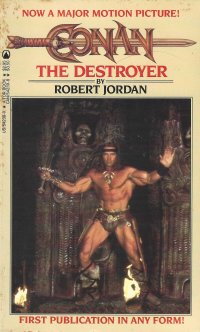 I described the plot of this film also in that movie post:
I described the plot of this film also in that movie post: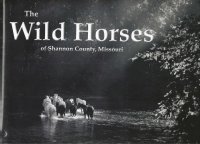 I got this book at a
I got this book at a 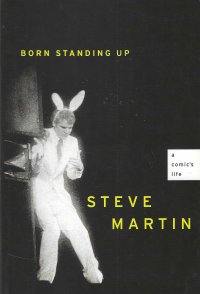 As I mentioned when I spoke of the audiobook version of
As I mentioned when I spoke of the audiobook version of 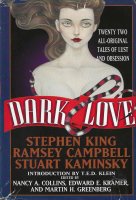 This was the second book suggested to me by the kittens who were sequestered in my office for a time, and they suggested books for me to read by knocking them off of my to-read bookshelves. But they might as well have knocked this book into their cat litter, for I did not like it very much, and I am no longer taking recommendations from the kittens.
This was the second book suggested to me by the kittens who were sequestered in my office for a time, and they suggested books for me to read by knocking them off of my to-read bookshelves. But they might as well have knocked this book into their cat litter, for I did not like it very much, and I am no longer taking recommendations from the kittens. Well, make this my year of completing sets, or at least groups of books that I have. I mean, I finished all of the books in the Executioner series that I own; I finished the set of James Blish Star Trek books I had on my to-read shelves; I finished the Doubleday children’s books I’d picked up, perhaps for my children but never shared with them. Since I only had three books in the six-book Ashton Ford series, why not?
Well, make this my year of completing sets, or at least groups of books that I have. I mean, I finished all of the books in the Executioner series that I own; I finished the set of James Blish Star Trek books I had on my to-read shelves; I finished the Doubleday children’s books I’d picked up, perhaps for my children but never shared with them. Since I only had three books in the six-book Ashton Ford series, why not?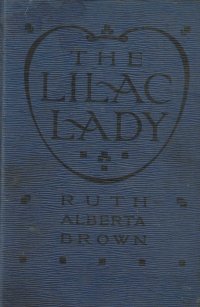 As I mentioned, gentle reader, we have
As I mentioned, gentle reader, we have  Well, I seasoned this book well enough. I bought it
Well, I seasoned this book well enough. I bought it  I got this book at ABC Books during a book signing
I got this book at ABC Books during a book signing 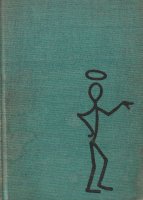 This might have been only the second Saint book (or is it The Saint book?) that I’ve ever read. The first would have been a modern paperback (well, then modern) that I read in high school or thereabouts. It was one passed onto us by my Aunt Dee right about the time we moved into the house down the gravel road. We got a small stack of books from her–less than I would buy if I went hog wild at a church or friends of the library book sale–but my aunt introduced me to Ed McBain, Anne Rice (Interview with the Vampire, which is the only Anne Rice I’ve actually read), and, perhaps The Saint. So it’s been a while.
This might have been only the second Saint book (or is it The Saint book?) that I’ve ever read. The first would have been a modern paperback (well, then modern) that I read in high school or thereabouts. It was one passed onto us by my Aunt Dee right about the time we moved into the house down the gravel road. We got a small stack of books from her–less than I would buy if I went hog wild at a church or friends of the library book sale–but my aunt introduced me to Ed McBain, Anne Rice (Interview with the Vampire, which is the only Anne Rice I’ve actually read), and, perhaps The Saint. So it’s been a while.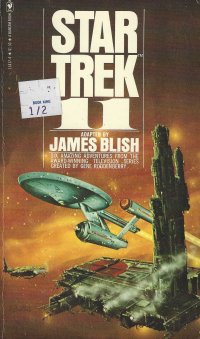 Well, having just finished the Doubleday children’s books I own with
Well, having just finished the Doubleday children’s books I own with 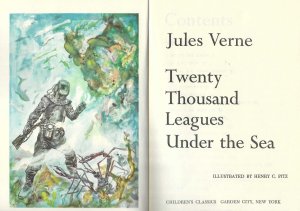 Wow, has it been five years already since I read
Wow, has it been five years already since I read  You know, I did not have this particular volume of the series before I picked this one up, unlike so many of the others for whom I wrote book reports in 2005. So I don’t have to add appendixes to the filenames for the image or the book report text file on my desktop. Which I did anyway out of habit.
You know, I did not have this particular volume of the series before I picked this one up, unlike so many of the others for whom I wrote book reports in 2005. So I don’t have to add appendixes to the filenames for the image or the book report text file on my desktop. Which I did anyway out of habit. It’s been four years since I read the first book in Don Pendleton’s Ashton Ford series,
It’s been four years since I read the first book in Don Pendleton’s Ashton Ford series, 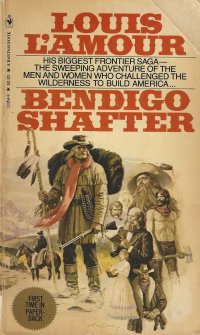 Gentle reader, I have been reading, although not as much as normal over the end of the summer, and I have been really slow at writing up my thoughts on the books I have (I have read three and almost five in the last month). I finished this book on September 13, and I am only now getting around to typing up my thoughts which are likely to be even more brief than my normal book reports as I have probably forgotten what I want to say.
Gentle reader, I have been reading, although not as much as normal over the end of the summer, and I have been really slow at writing up my thoughts on the books I have (I have read three and almost five in the last month). I finished this book on September 13, and I am only now getting around to typing up my thoughts which are likely to be even more brief than my normal book reports as I have probably forgotten what I want to say.